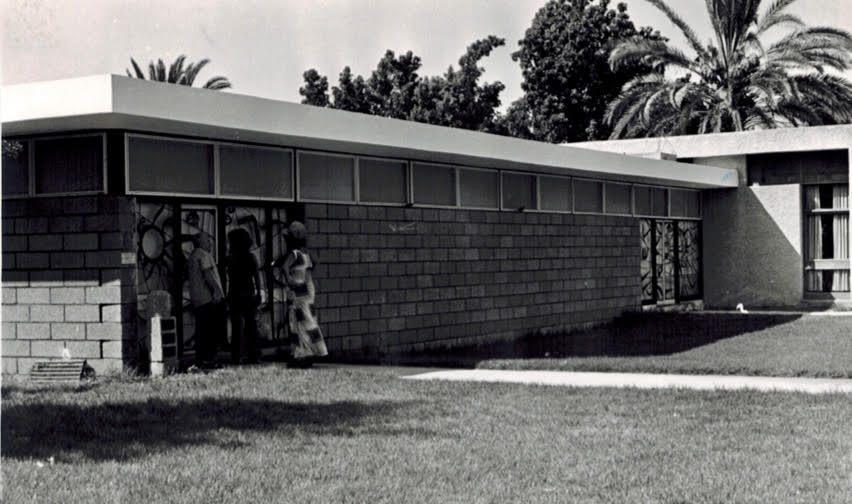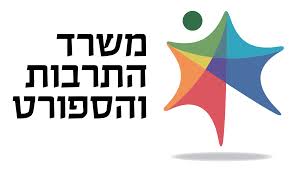
Beit Uri and Rami Nehoshtan is a contemporary art museum, located at kibbutz Ashdot Yaakov Meuhad in the northern part of Israel, south of the Sea of Galilee. The museum presents exhibitions of artists from Israel and abroad, as well as shows of works from the permanent collection. There is also a permanent display dedicated to the brothers Uri and Rami Nehoshtan,
The museum was founded in 1958 by Meir Nehoshtan – a Kibbutz member – in commemoration of his sons, Uri and Rami, both of whom had died at age seventeen under tragic circumstances. Uri died in the 1948 Independence War, during the battle of the town of Lod (Lydda). Rami, the younger brother, perished from a snake bite in 1954. Both were talented painters; a brilliant future awaited them.
The original structure of the museum was designed by the architects Shulamit and Michael Nadler. Over the years it underwent several rounds of changes, expansions, and improvements (in 1962, 1971, 1986, and 2009) with the cooperation of several other architects. The museum today comprises three spaces for changing exhibitions, a gallery for the permanent display and for showing works from the collection, and a sculpture garden. A new wing was added this year (2018) – the Shatz Library, an adjacent building where the kibbutz's library and archive used to reside. This building now function as the museum's education center and it encompasses a library, a gallery, and a space for workshops, art classes, and other activities such as conferences, lectures, and performances.
The museum's education department offers guided tours for students ranging from kindergarten to high school, as well as various enrichment programs for adults. The permanent art collection includes sculptures and paintings from the Paris Association of French Artists and Sculptors and other works by Israeli artists – in particular local artists from the Jordan Valley – which have been added over the years.
.jpg)


.jpg)